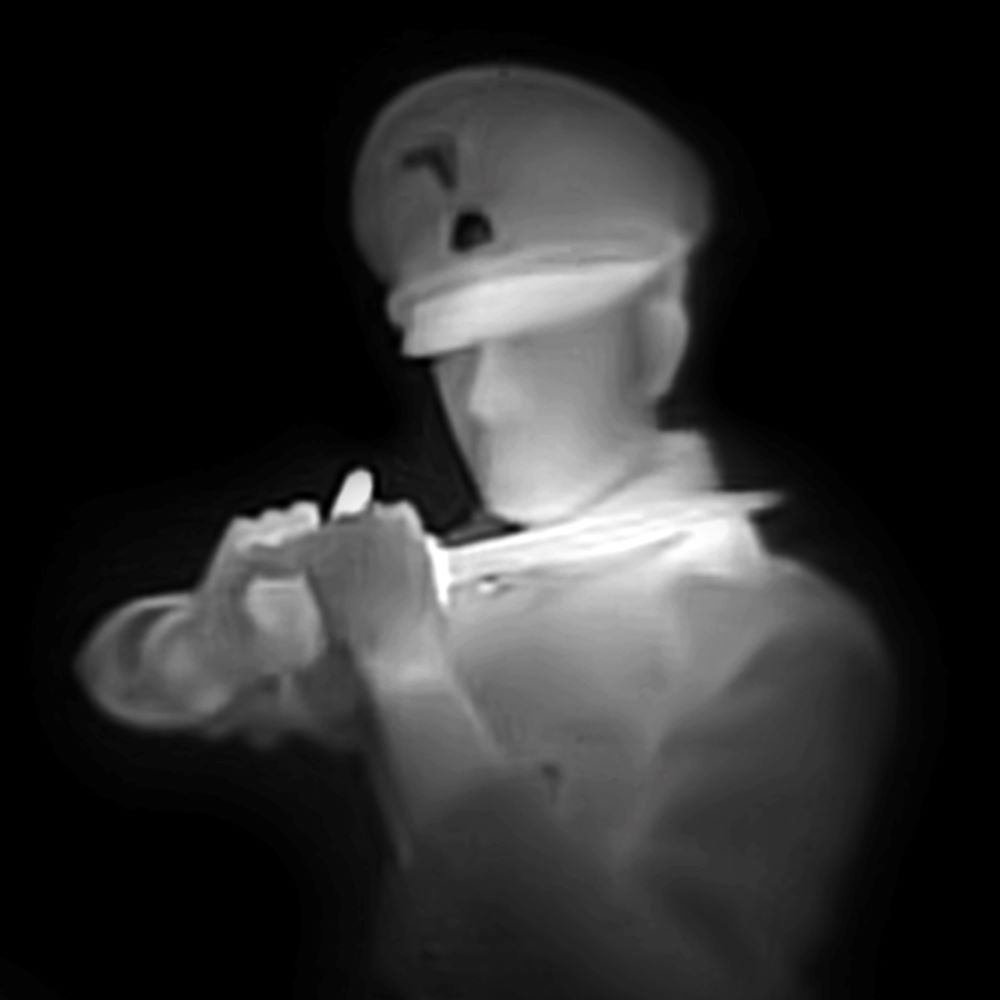
There are two common types of images of war in contemporary art, one that triggers strong emotions and one does not. The former mostly show the wounded, the victims, or some touching images, whilst the latter are mostly thermal or night-vision images of aerial bombardment. For the latter, the individual is no longer important, and life becomes a quantifiable unit, the number of deaths on news the next day. Thermal imaging therefore recaptures people's body temperature, bringing their dying lives closer to those of the living.
Whilst Lan Chung Hsuan’s last thermal series ‘Residual Heat’ (2021) presents images of the dead soldiers, this time in his new series ‘Let the So-called Bad Guys Pay the Price’ (2022), the artist focuses on these soldiers’ body temperature before death. Judging from the clothing and weaponry, it is evident that these suicidal characters were all Nazi German soldiers. Most of the Nazi soldiers have either died in battle, been sentenced to death, or died of old age, yet the 'bad guy' imagery continues to be 'born'.
‘Of course, we can rationally think that not all Nazi German soldiers were typically bad, but such viewpoint has never met with universal acceptance in mainstream culture. We need someone to atone for the world's scars, and the atonement must be made by the bad guys.’
The Nazi history has always been alive, in politics, in society, and in the entertainment industry. Characters of Nazi Germans kill themselves in almost every rebirth, to atone for their sins – whether voluntarily or by force, to stop causing harm, or simply to end this absurd infinite loop.
‘It’s strange how we don't want human body temperature to cool down, but meanwhile we'd expect them to fade away based on who they are.’ The artist believes that birth is the most inhumane stage of life, for humans have no control over it; yet is it not an ideal to imagine death as the only solution to the world?
Discover more works on akaSwap
Lan Chung Hsuan (b. 1991)
Lan Chung Hsuan has long been interested in themes of aviation, wars and natural disasters, and uses mixed media such as photography, ready-made images, archival and historical objects to present his installation artworks.
